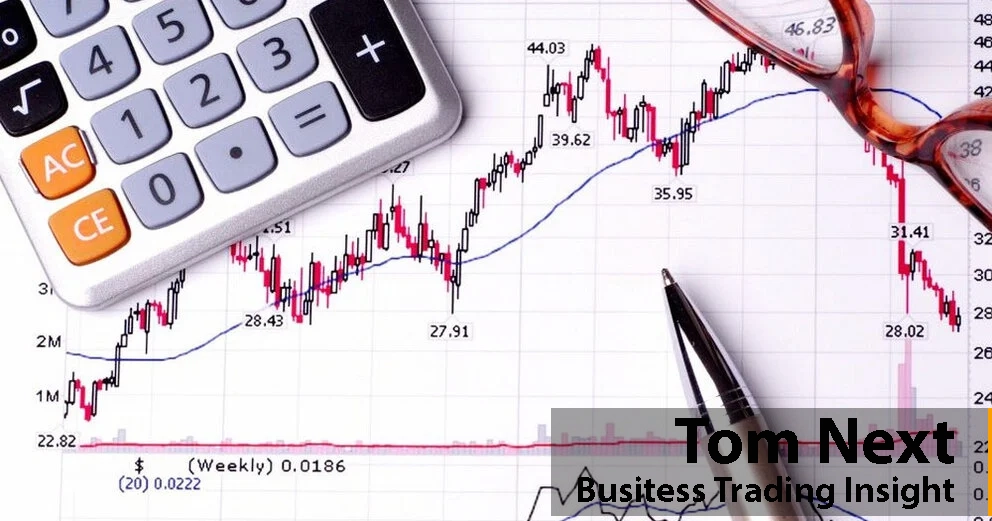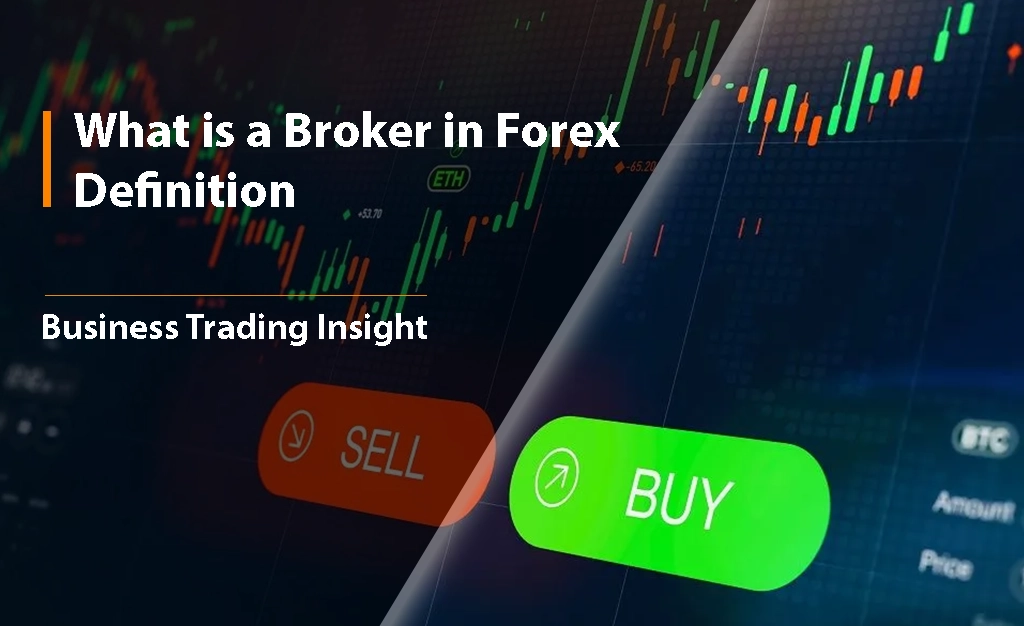Trading with Tom Next Deals: Flexibility and Risks in Real Market Conditions
A Tom Next deal is one of the most powerful tools available in the foreign exchange market, enabling traders to react quickly and efficiently to currency fluctuations. These transactions, which involve buying or selling a currency with settlement on the next business day, are especially attractive to traders who need to adjust their positions quickly without being exposed to long-term risks. In fast-moving, volatile market conditions, this flexibility is essential, making the Tom Next deal an invaluable tool for active traders.
How a Tom Next Deal Works
At its core, a Tom Next deal involves a short-term transaction where a trader buys or sells a currency at the current market price, with the settlement occurring on the next business day. This «next day» settlement allows traders to adjust their positions without being exposed to the risks of longer-term fluctuations. The short time frame provides a degree of flexibility to exit or modify positions quickly, offering an attractive option during market volatility.
For example, if a trader is holding a position on Friday and a major economic report is expected over the weekend that could significantly impact currency prices, a Tom Next deal would allow the trader to close their position by Monday (the next business day). This minimizes the risk of holding through potential weekend gaps or volatility, which is common in global financial markets.
Time Constraints and Settlement Mechanics: The key feature of the Tom Next is its quick turnaround. A trader must execute the transaction before the end of the business day in their local time zone, and settlement will occur the following business day. For example, if a transaction is executed on Friday, the settlement will occur on Monday, assuming there are no holidays in between. This feature makes Tom Next particularly useful for traders who work in fast-paced markets and need to act quickly in response to market-moving news.
While this time frame may seem short, it allows traders to respond to changes in the market without holding a position for too long, thus avoiding the risks associated with prolonged exposure to currency fluctuations.

Advantages of Using Tom Next Deals
Increased Market Liquidity
One of the key advantages of Tom Next deals is the ability to increase liquidity in the market, especially in times of heightened volatility. When the market is highly volatile, liquidity can dry up, making it harder for traders to execute large orders without significantly affecting prices. During such periods, Tom Next deals provide a much-needed liquidity lifeline, enabling traders to adjust their positions quickly and efficiently.
For instance, during an economic crisis or after a central bank announcement, currency pairs may experience sharp price movements. Traders can use Tom Next deals to adjust their positions on the very next business day, without being exposed to the long-term risk of holding a position through uncertain market conditions. This helps prevent large losses that might occur if the market moves against them over an extended period.
Reduced Long-Term Market Risks
Unlike traditional transactions, which often involve longer settlement periods and expose traders to long-term risks, Tom Next deals are designed to minimize exposure to such risks. If a trader anticipates that an event will significantly impact the currency market, they can close their position the next day to mitigate the potential downside. This makes Tom Next a powerful tool for traders who want to remain nimble in volatile market environments.
However, it’s important to note that while Tom Next deals can protect against long-term risks, they do not eliminate short-term volatility. For instance, even after closing a position, the market could continue to fluctuate unexpectedly, potentially leading to losses. Therefore, traders should remain cautious of the short-term risks inherent in this approach and have a clear strategy for managing these potential outcomes.
Lower Spread Costs and Better Execution Conditions
In periods of heightened liquidity, Tom Next deals benefit from tighter spreads, leading to better execution conditions. The increased trading volume generally leads to narrower spreads, reducing the cost of entering and exiting trades. This is particularly advantageous for traders operating in high-frequency or short-term trading strategies, where minimizing transaction costs is crucial for maintaining profitability.
That said, during periods of low liquidity, such as during off-peak trading hours or holidays, spreads can widen, potentially eroding the profitability of Tom Next deals. Traders must, therefore, monitor market conditions carefully and choose currency pairs with more stable spreads.

Comparison with Other Types of Transactions
When compared to other foreign exchange transactions, such as Spot and Forward deals, the Tom Next transaction has distinct advantages and some limitations.
- Spot Deals: Spot transactions are typically settled within two business days, unlike Tom Next, which settles on the next business day. This makes Tom Next a faster, more flexible option for traders who need to react quickly to market changes. For example, if an unexpected news event triggers volatility in the market, a trader can use Tom Next to close or adjust their position the next day, reducing exposure to further risk.
- Forward Contracts: Forward contracts, on the other hand, allow traders to set an exchange rate for a future settlement date, which can be weeks, months, or even years into the future. While these contracts are useful for long-term hedging strategies, they lock the trader into a position for an extended period. Tom Next, by contrast, is ideal for traders who wish to maintain flexibility and avoid long-term exposure to the risks associated with prolonged market uncertainty.
Examples of Using Tom Next
Trading in Volatile Markets
Imagine that an economic report, such as a surprise jobs report or inflation data, triggers significant fluctuations in currency prices. In this case, a trader might use a Tom Next deal to close their position the following day, reducing exposure to market swings that could occur over the weekend. The ability to exit quickly can help the trader avoid potential losses, especially if the currency pair is prone to dramatic changes based on the data release.
For example, if the U.S. Federal Reserve announces a surprise interest rate cut on a Friday, currency pairs involving the U.S. dollar may experience substantial price movements. A trader using a Tom Next deal could close their position on the following Monday, ensuring that they do not remain exposed to unpredictable shifts in the currency’s value.
Trading with Less Liquid Currencies
In markets with lower liquidity, such as those involving emerging market currencies, executing trades can sometimes lead to issues like wider spreads and slippage. Tom Next deals, however, help minimize execution problems by allowing traders to close their positions the next day. This is particularly beneficial when trading currencies that may be subject to wider spreads or slow execution due to low liquidity.
For instance, trading the Turkish lira or South African rand could lead to delays or price slippage during off-hours. By using Tom Next, traders can reduce exposure and ensure they execute trades more efficiently.

Risks and How to Minimize Them
Volatility on the Following Day
While Tom Next deals can protect against long-term exposure, they still leave traders vulnerable to short-term price movements. This means that currency prices could continue to fluctuate unpredictably after the trade is executed, leading to potential losses. To mitigate this risk, traders should stay informed about upcoming news events, central bank decisions, or geopolitical developments that could affect currency values.
Additionally, using protective orders, such as stop-loss and take-profit orders, can help limit losses and lock in profits if the market moves in an unexpected direction. For example, if a trader closes a position on a Friday with a stop-loss order in place, they can mitigate the risk of an adverse market movement on Monday.
Example of a Risk Scenario: Suppose a trader holds a position in the EUR/USD pair on a Friday, anticipating a positive jobs report in the Eurozone. If the news unexpectedly disappoints and the euro weakens, the trader might face losses if they fail to exit the position in time. A Tom Next deal would have allowed them to exit on Monday before the full impact of the news unfolds.
Changes in Liquidity
Liquidity changes can significantly impact the profitability of Tom Next deals, especially during periods of low market activity. In these cases, wider spreads and slower execution can erode the effectiveness of the strategy. Traders should monitor market liquidity, especially during non-peak trading hours or holidays, and ensure they are trading in currency pairs that tend to have more stable spreads. It may also be helpful to use automated trading systems that can adjust strategies based on real-time market conditions, reducing the impact of liquidity changes.
Understanding Swaps and Their Impact
Swaps, the overnight interest rate differentials between two currencies, can have a significant impact on Tom Next deals. When holding positions over the weekend or during extended holidays, traders are subject to swap rates, which are applied when positions are rolled over. These rates are determined by the interest rate differential between the two currencies in the pair.
For example, if a trader holds a position in EUR/USD and the European Central Bank has a higher interest rate than the U.S. Federal Reserve, they might receive a positive swap for holding that position overnight. Conversely, if the U.S. interest rate is higher, the trader might incur a negative swap.
Example of Swap Impact: Suppose the EUR/USD pair is trading at 1.1000 on a Friday. If the interest rate differential between the euro and the U.S. dollar results in a negative swap of -5 pips per night, the trader will incur a cost for holding the position over the weekend. This cost could eat into potential profits or exacerbate losses if the market moves unfavorably.
Traders should account for the potential impact of swaps when planning their positions, especially for deals spanning weekends or holidays.
Conclusion and Recommendations
For successful trading with Tom Next, it’s crucial to continuously monitor market conditions and remain adaptable. Traders should employ risk management tools such as stop-loss and take-profit orders, and consider using automated trading algorithms to enhance their ability to respond to rapid market changes. Moreover, staying informed about short-term shifts in market sentiment and employing technical indicators can help traders better predict price movements and adjust their strategies accordingly.
In conclusion, Tom Next is a powerful tool for traders who require the flexibility to react quickly to market changes while minimizing long-term exposure. However, understanding and managing the associated risks, such as volatility, liquidity shifts, and swaps, is essential to maximizing the benefits of this strategy in the complex world of foreign exchange trading. By carefully selecting currency pairs, using effective risk management techniques, and staying informed about economic events, traders can successfully navigate the challenges of the forex market.
FAQ
How does a Tom Next deal work?
In a Tom Next deal, the trader buys or sells a currency at the prevailing market rate, and the transaction is settled the next business day. This allows traders to react swiftly to changes in market conditions while avoiding the risks associated with holding positions over a longer period. The settlement timeframe provides a short window to adjust positions, ensuring that traders are not exposed to unwanted market volatility.
How is Tom Next different from a Spot deal?
A Spot deal involves the exchange of currencies with settlement occurring in two business days. In contrast, Tom Next settles on the very next business day, which provides a faster turnaround. This speed makes Tom Next particularly useful for traders looking to take advantage of short-term market moves without being exposed to prolonged risks. The quick settlement window allows for greater flexibility when managing positions in fast-moving markets.
Why are Tom Next deals popular in volatile market conditions?
Tom Next deals are ideal for volatile market conditions because they allow traders to react quickly to sudden price movements. In times of market instability, such as during central bank announcements, political events, or economic shocks, prices can change rapidly. With Tom Next, traders can close or adjust positions the following day, minimizing the risk of holding through unpredictable fluctuations that could cause significant losses if positions were left open longer.
What risks are associated with Tom Next deals?
The primary risks associated with Tom Next deals are short-term price fluctuations that could occur after the trade is executed, especially if there are significant events or news over the following day. Additionally, liquidity changes can widen spreads, which may increase trading costs or affect execution quality. It’s important for traders to remain aware of market conditions and use risk management tools like stop-loss and take-profit orders to mitigate these potential risks.



